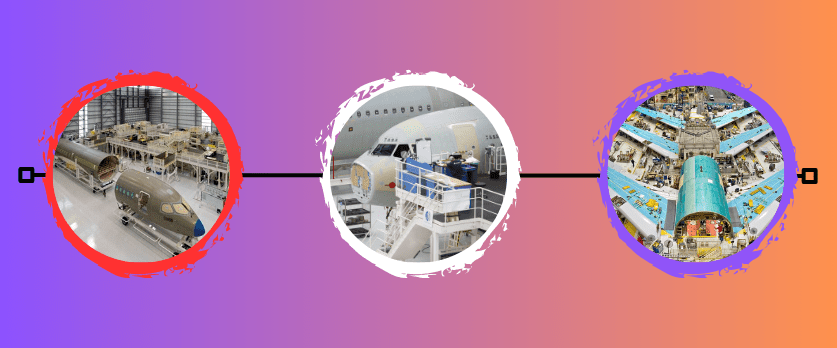Aeronautical engineering stands at the forefront of innovation, driving the evolution of aircraft design, propulsion systems, and aerospace technologies. The future of aeronautical engineering is poised for transformative changes fueled by technological advancements, sustainability imperatives, and the pursuit of efficiency and safety.
Advanced Materials and Manufacturing Techniques
The future of aeronautical engineering hinges on the development and utilization of advanced materials like composites, alloys, and nanomaterials. These materials offer lighter weight, increased strength, and improved fuel efficiency, while additive manufacturing techniques enable the production of complex components with greater precision.
Next-Generation Propulsion Systems
A shift towards cleaner, more efficient propulsion systems is imminent. Research focuses on hybrid-electric and all-electric propulsion for aircraft, promising reduced emissions, lower operating costs, and quieter flights. Innovation in engine designs and alternative fuels contributes to the quest for more environmentally friendly and sustainable propulsion.
Aerodynamics and Efficiency Enhancement
Continual advancements in aerodynamics are key to improving aircraft performance. Future designs incorporate novel wing configurations, streamlined shapes, and adaptive structures to enhance fuel efficiency, reduce drag, and optimize flight characteristics across various operating conditions.
Unmanned Aerial Vehicles (UAVs) and Urban Air Mobility (UAM)
The expansion of UAVs and the emergence of UAM present new frontiers in aeronautical engineering. Engineers are developing innovative designs and technologies for autonomous aerial vehicles, including air taxis and delivery drones, shaping the future of urban transportation and logistics.
Digital Twin Technology and Simulation
The adoption of digital twin technology enables the creation of virtual models mirroring real aircraft. This technology facilitates predictive maintenance, performance optimization, and operational enhancements by simulating various scenarios, thereby reducing downtime and improving safety.
Focus on Sustainability and Green Aviation
Aeronautical engineering is increasingly geared towards sustainable aviation solutions. Efforts to minimize environmental impact involve eco-friendly aircraft designs, renewable energy integration, and the exploration of alternative fuels, aiming to achieve carbon-neutral or even carbon-negative aviation in the future.
Conclusion
The future landscape of aeronautical engineering is marked by a convergence of cutting-edge technologies, sustainability imperatives, and a relentless pursuit of innovation. The evolution in aircraft design, propulsion systems, materials, and operational methodologies will revolutionize the aviation industry, paving the way for safer, greener, and more efficient air travel.
As aeronautical engineers continue to push the boundaries of innovation, the future holds the promise of revolutionary advancements that will shape the skies, redefine air transportation, and propel humanity towards new horizons of flight.
To become an aeronautical engineer you may could join aeronautical engineering through AME COMMON ENTRANCE EXAM (AME CEE) this examination you may join Aeronautical Engineering approved by AICTE.


